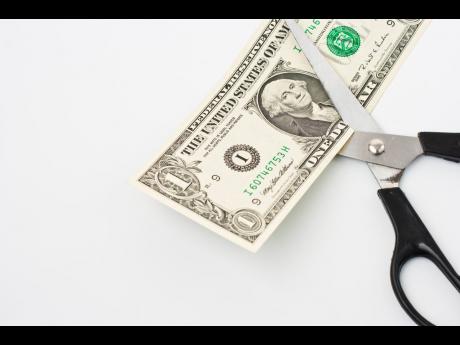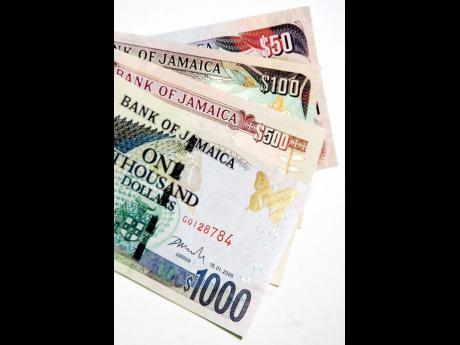Andre Haughton | Government policies contribute to Jamaica’s depreciating dollar
The Jamaican dollar exchange rate hit a new high of J$142 to US$1 this month, which has propelled the ongoing debate on the causes of and solution to the depreciating value of the currency. Is it necessary for the country to focus solely on inflation targeting and allow the exchange rate to be determined by market demand and supply?
There are many factors that contribute to the value of a nation’s currency. These include domestic interest rates relative to foreign interest rates which determine investment demand, the availability of liquidity, other central bank policies and the demand and supply for the domestic goods and services. Government policies also play a role.
Interest rate differential
Small island developing states like Jamaica must always be cognisant of international lending rates when making domestic central bank interest rate decisions. In macroeconomics, if interest rates abroad are higher than domestic interest rates, then there will be capital flight. In this, scenario investors borrow domestic and invest abroad. Imagine the Federal Funds rate; the interest rate at which banks borrow from each other in the United States is between 1.5 and 1.75 per cent presently, while the Bank of Jamaica policy rate is 0.5 per cent. Although these are indicator rates, it is signalling that banks can receive a higher return abroad on investments. Profit-seeking banks will take advantage of this. Jamaican financial firms will therefore borrow cheap domestically and use the Jamaican dollars to purchase US dollars and invest the US overnight for a higher rate of return, which put pressure on the value of the domestic currency.
The business cash reserve ratio
If the BOJ reduces the cash reserve ratio for financial institutions, then each financial institution is now required to hold less of the deposits with the BOJ. The decision might have been taken in order to provide more liquidity (more available funds) so that they may make more investment capital available domestically for micro, small and medium-sized enterprises in an effort to boost domestic business density and sophistication to increase the level of domestic output. However, lending to domestic firms is sometimes risky for some financial institutions that want more secure investments. As a result, the excess liquidity without proper domestic investment outlets and a fluent monetary transmission mechanism means that financial institutions might choose to find other channels to reinvest their deposits to make profit. In this case, they will purchase foreign currency to invest abroad, ultimately putting more pressure on the domestic currency.
What about goods and services?
Any country with a depreciating currency should promote measures to increase exports and reduce imports. Currently, Jamaica’s imports are three times its exports. Of Jamaica’s $789 billion worth of imports at the end of 2018, more than $216 billion is spent on fuel and oil up from $185 billion the previous year, while another $181 billion is on machinery and transport equipment, up from $161 billion the previous year. Fuel, machinery and transportation account for more than 50 per cent of Jamaica’s imports and the costs increased while the currency depreciates. It is necessary to find cheaper, cleaner local renewable energy sources from hydro, wind or solar energy. It is also necessary to reduce the importation of unnecessary motor vehicles. Of the $242 billion of exports, bauxite and alumina account for about $147.5 billion more than 50 per cent. Polices are necessary to promote and facilitate vertical production diversification to increase the value of the nation’s output.
The level of exports and the value of the dollar is tied to the level of production which is determined by a nation’s productivity in the long run. However, there are short-run measures that if mismanaged by the BOJ or the Ministry of Finance can escalate the issue. Careful thought, effort, analysis and economic modelling must go into Government policy decisions to the long run benefit of the country as whole.


